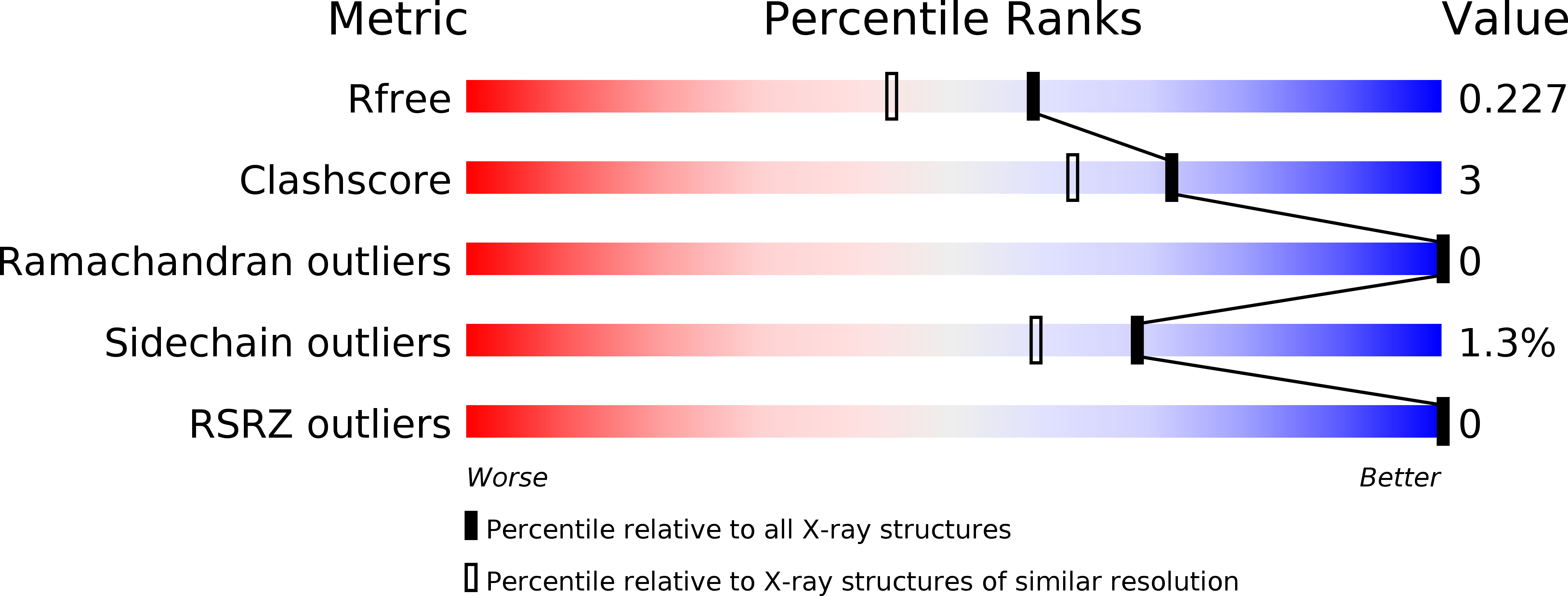
Deposition Date
1999-01-17
Release Date
2000-01-07
Last Version Date
2023-11-15
Entry Detail
PDB ID:
1B6K
Keywords:
Title:
HIV-1 PROTEASE COMPLEXED WITH MACROCYCLIC PEPTIDOMIMETIC INHIBITOR 5
Biological Source:
Source Organism:
Human immunodeficiency virus 1 (Taxon ID: 11676)
Method Details:
Experimental Method:
Resolution:
1.85 Å
R-Value Free:
0.23
R-Value Work:
0.20
Space Group:
P 21 21 21


